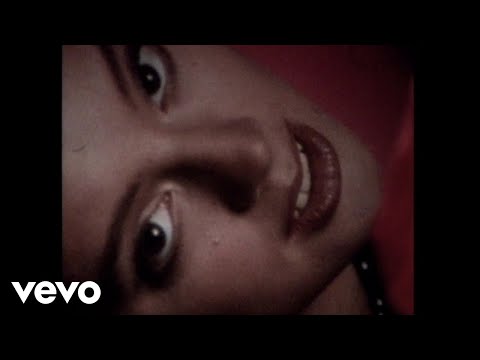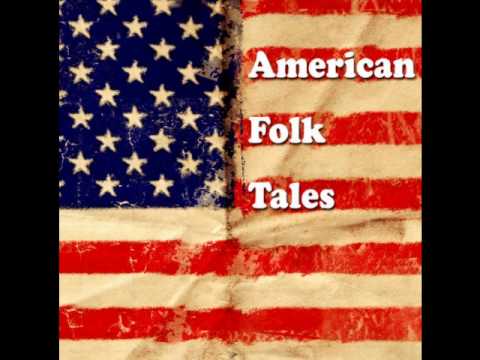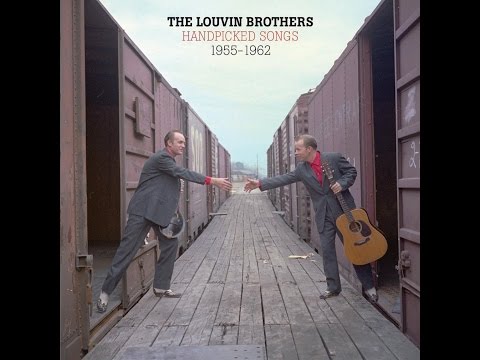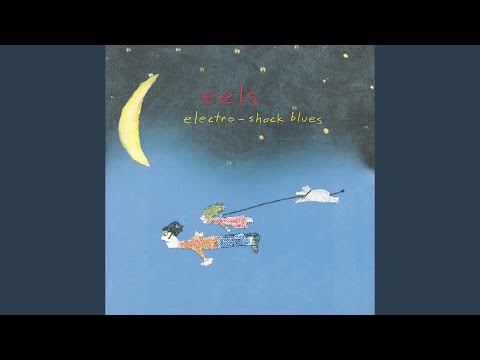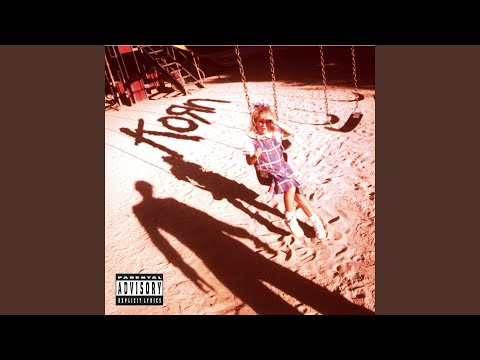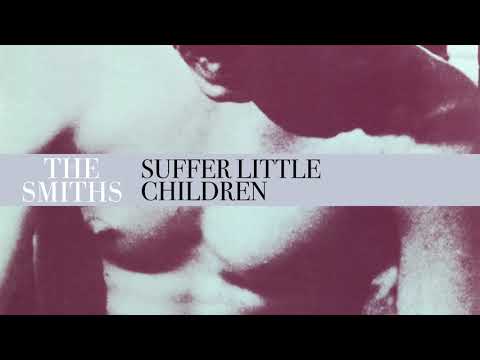10 “Possession” – Sarah McLachlan
These lyrics are creepy enough without knowing that they were inspired by a real-life stalker who consistently sent demented fan letters to singer Sarah McLachlan for three years. Several of the letters contained thinly veiled threats, including that the stalker “would stop at nothing to achieve their destiny” and that McLachlan had been “betrothed” to him since birth. The stalker soon realized that his words had been used in McLachlan’s song “Possession,” and he then tried to sue her. However, Uwe Vandrei committed suicide before the case even made it to court.[1]
9 “The Murder of the Lawson Family” – Carolina Buddies
Shortly before Christmas Day in 1929, 43-year-old Charlie Lawson took his wife and their seven children into town to buy new clothes. While they were there, Lawson also insisted that they have a family portrait taken. The family returned to their home in Germanton, North Carolina, feeling happy and excited for Christmas to arrive. Little did they know that it would be their last day. On December 25th, Lawson shot both his teenage daughters after lying in wait for them at the family’s tobacco barn. To ensure they were dead, he hit both of them with the shotgun he’d used on them just minutes before. He then returned to the house, shot his wife, who had been standing on the front porch, then took out the rest of the children in the house, including his four-month-old Mary Lou. Sixteen-year-old Arthur was the only survivor, as he was sent on an errand by Lawson right before he committed the crimes. Lawson ran into the surrounding woods and killed himself. In 1930, the music group Carolina Buddies released “The Murder of the Lawson Family.” The folksy music accompanying the disturbing lyrics makes for an uncomfortable listening experience. It has since been recorded by several artists, including The Stanley Brothers and Doc Watson.[2]
8 “Nebraska” – Bruce Springsteen
These words are sung by Bruce Springsteen from the perspective of 19-year-old Charles Starkweather. When Starkweather met 14-year-old Caril Ann Fugate, he had already killed a man. Together Starkweather and Fugate killed another ten people in Nebraska over an eight-day period in 1958. Watch this video on YouTube Springsteen saw the 1973 movie Badlands on TV and was inspired by the girl in the film who stands on the front lawn twirling her baton. The rest of the inspiration for the song came after Springsteen researched the murders perpetrated by Starkweather and Fugate. The song was titled “Nebraska” and included on Springsteen’s 1982 album, also called Nebraska.[3]
7 “Knoxville Girl” – The Louvin Brothers
The Louvin Brothers recorded a cover of “Knoxville Girl” in 1956, and it is reminiscent of the Carolina Buddies’ murder ballad. If you don’t really listen to the lyrics, it sounds like any other ’50s song. However, when you’re tuned into what’s being sung, you realize just how disturbing the lyrics really are. “Knoxville Girl” was derived from the Irish ballad “The Wexford Girl” or “The Oxford Girl” and tells the story of a man named Willie who meets and starts dating a girl in Knoxville, Tennessee. During a romantic stroll, Willie picks up a stick and beats the girl until the ground below is soaked with her blood. He then proceeds to drag her lifeless body around by the hair before disposing of it in a nearby river.[4]
6 “Elizabeth on the Bathroom Floor” – Eels
“Elizabeth on the Bathroom Floor” by American rock band Eels is only two and a half minutes long but conveys absolute despair, terror, and heartbreak in a few lines. The founder of the band, singer/songwriter Mark Oliver Everett wrote the lyrics after his sister’s first suicide attempt. Her boyfriend called Everett, and he rushed over to their house, where he found Elizabeth unconscious on the bathroom floor. She was revived at the hospital. Elizabeth suffered from severe depression and tried many times to end her own life after the first attempt. She finally succeeded in 1996 while Everett was on tour.[5] Everett was also the one to discover his father’s lifeless body after the latter suffered a heart attack. His mother died of cancer in 1998, and he lost a flight attendant cousin during the 9/11 attacks.
5 “Kim” – Eminem
These lines are a disturbing part of the 6-minute rant released by Eminem in 2000. It starts out with Eminem rapping about his daughter and then segueing into spewing hate at his then-wife Kim. Eminem goes through several mood swings throughout the song and almost becomes hysterical at one point. Eminem, Kim, and Hailey are in a car as the rapper continues to hurl profanities at his wife. He even replies to his own rantings as Kim, impersonating her voice. When they reach a secluded field, Eminem strangles Kim and dumps her body in the trunk of the car. While this is obviously not what happened in real life, it highlights the tension between Marshall Mathers and his wife. It also highlights the fact that many variants of this type of situation occur daily around the world, too often with tragic consequences.[6]
4 “Daddy” – Korn
This is the first verse of the heartbreakingly terrifying song, “Daddy,” by American nu metal band Korn. Lead singer Jonathan Davis apparently wrote the lyrics about a situation involving a family friend in which a child was molested, and no one believed him. Because of the nuances of the lyrics, most fans of the band believed that Davis had written the song because his own father had sexually abused him, and his mother refused to believe it. There is still contention around the song because, during an early interview, Davis commented that he’d been abused by an unnamed person, and both his parents refused to believe him when he told them about it. In a YouTube video, he said that the abuser was his babysitter. The babysitter has since died.[7]
3 “Youth of the Nation” – P.O.D.
On March 5, 2001, American Christian metal band P.O.D. was on their way to a recording session in California when they got stuck in a traffic jam. They later learned that the traffic jam was caused by a shooting incident at Santana High School during which 15-year-old Charles Andrew Williams shot dead two students and wounded another thirteen.” Watch this video on YouTube When they finally started their recording session, the song “Youth of the Nation” was born. The song tells the story of three teenagers who each fall into tragedy. The 1999 Columbine school shooting also serves as inspiration for some of the lyrics.[8]
2 “Suffer Little Children” – The Smiths
English singer/songwriter Morrissey was only a few years younger than the victims of Myra Hindley and Ian Brady at the time they were killed. When he and Johnny Marr formed The Smiths in 1982, “Suffer Little Children” was one of the first songs they wrote together. It was released in 1984 and names three of the five children murdered by Hindley and Brady. The song is truly haunting but did not come without controversy. It was reported that some of the victims’ families took exception to the children being named in the song, while some fans were upset at the sleeve photo of the single, which to them was meant to resemble Myra Hindley. Morrissey later said that the song was meant as a tribute to the victims and that the title was taken from the Book of Matthew 19:14.[9]
1 “Hero of War” – Rise Against
Vocalist Tim McIlrath wrote both the music and lyrics for “Hero of War” for punk rock band Rise Against. The song starts with an army recruiter convincing the protagonist to enlist. The recruiter does this by promising that the young man will see the world and have many adventures. The young soldier’s illusions are soon shattered, and when he kills a woman carrying a white flag, he becomes utterly disgusted with patriotism. McIlrath stated that the lyrics of the song were inspired by troops around the world who remain deployed to protect their countries. He also said that the message of the song must always be that there is not enough assistance for soldiers who come back from combat in a mentally and physically broken state.[10] Read More: Mary and Me
